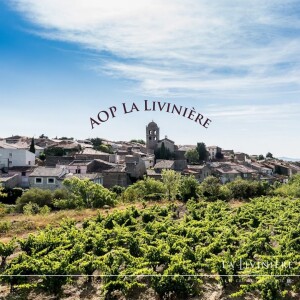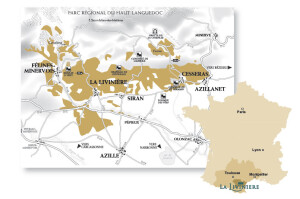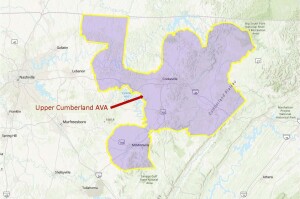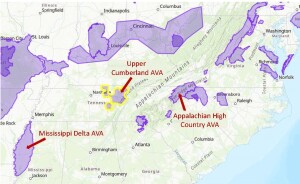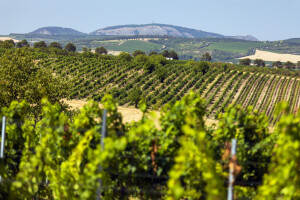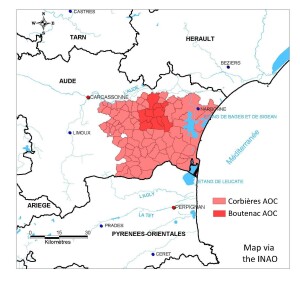News flash for wine students: The French wine region of Minervois—La Livinière (an appellation located in the Languedoc area of France) has changed its name to La Livinière AOC (Appellation d’origine contrôlée). This change was recently approved by the EU and announced via publication in the Official Journal of the European Union in March of 2024.
The Minervois AOC—located in the western Languedoc just north of Corbières—was approved in 1985 and produces a range of wine styles including red, white, and rosé. For about ten years after the approval of the Minervois AOC, the producers of La Livinière—a small area located on the far north edge of the Minervois appellation—sought to carve out a more specific AOC for their wines. In 1999, they were successful, and the Minervois—La Livinière AOC was approved as a separate AOC approved for red wine only. Now, with the name change, the producers of La Livinière AOC seek to forge an identity of their own.
The specifications for the wines of the La Livinière AOC are as follows:
-
Red wines only
- The requirements surrounding allowed grape varieites are somewhat elaborate, and include the following:
- Minimum of 40% (combined) Mourvèdre and Syrah
- Minimum of 60% (combined) Mourvèdre, Syrah, Grenache,and/or Lladoner Pelut—these are known as the cépages principaux est supérieure (principal and superior varieties)
- The remainder of the blend may include the following accessory varieties (cépages accessoires): Carignan, Cinsault, Terret Noir, Rivairenc, and/or Piquepoul Noir
- The blend must consist of a minimum of two varieties
- Minimum potential alcohol: 12.5%
- The wines must be dry—a maximum of 3 g/L of residual sugar is allowed; this is raised to 4 g/L if the alcohol content in above 14%
- Wines may not be released until November 1 of the year following the harvest
The area surrounds the town of La Livinière and lies just south of the Montagne Noire (Montanha Negra or Black Mountain—a mountain range at the southwestern edge of the Massif Central. One of the main distinguishing features of La Livinière is its soil, composed of alluvial deposits (sand, clay, and gravel) atop limestone—a giant slab of limestone known as the Causse de Minerve.
References/for more information:
- EU Council Implementing Decision regarding La Liviniere AOC—March 2024
- Cahier des Charges La Livinière AOC
- https://www.cru-la-liviniere.com/en/
Post authored by Jane A. Nickles…your blog administrator: jnickles@societyofwineeducators.org
